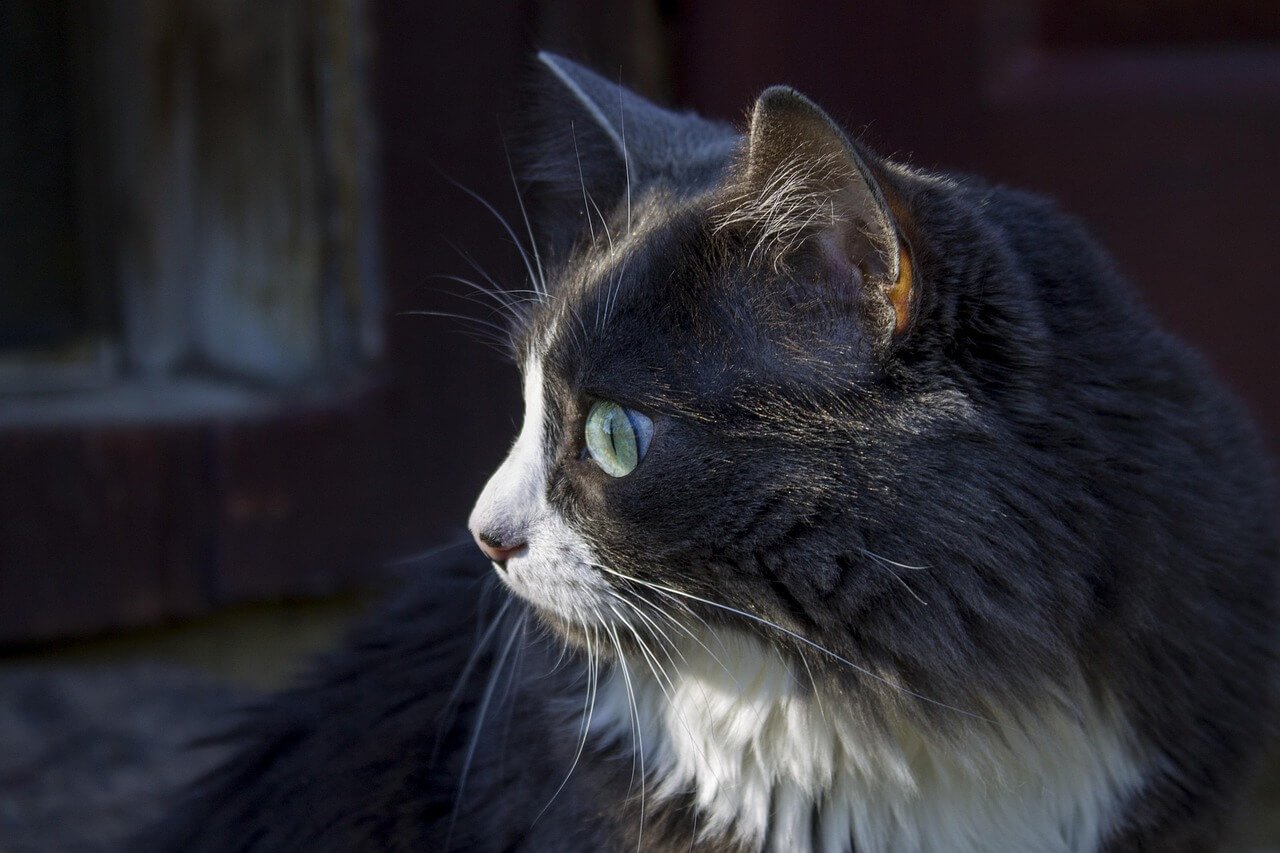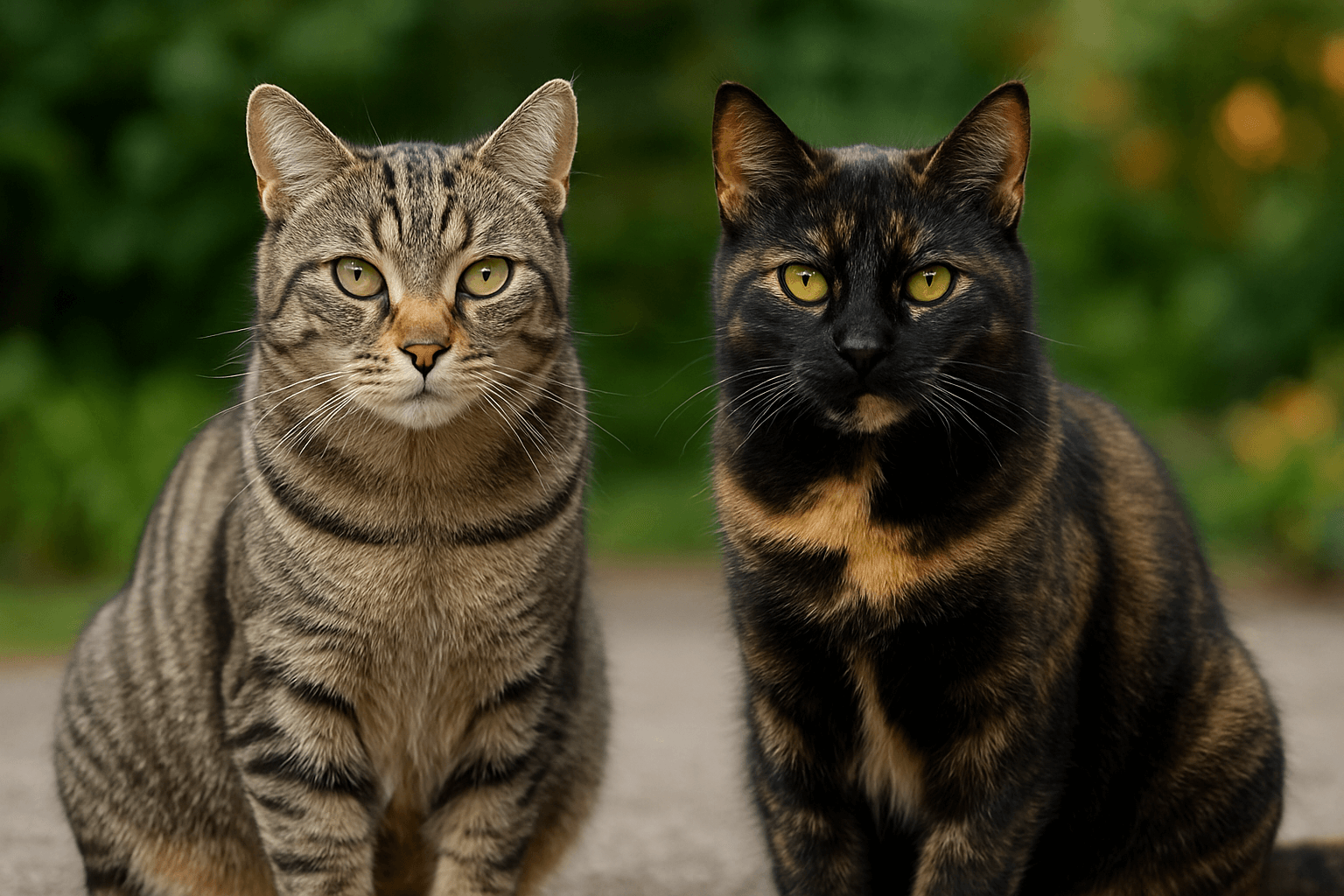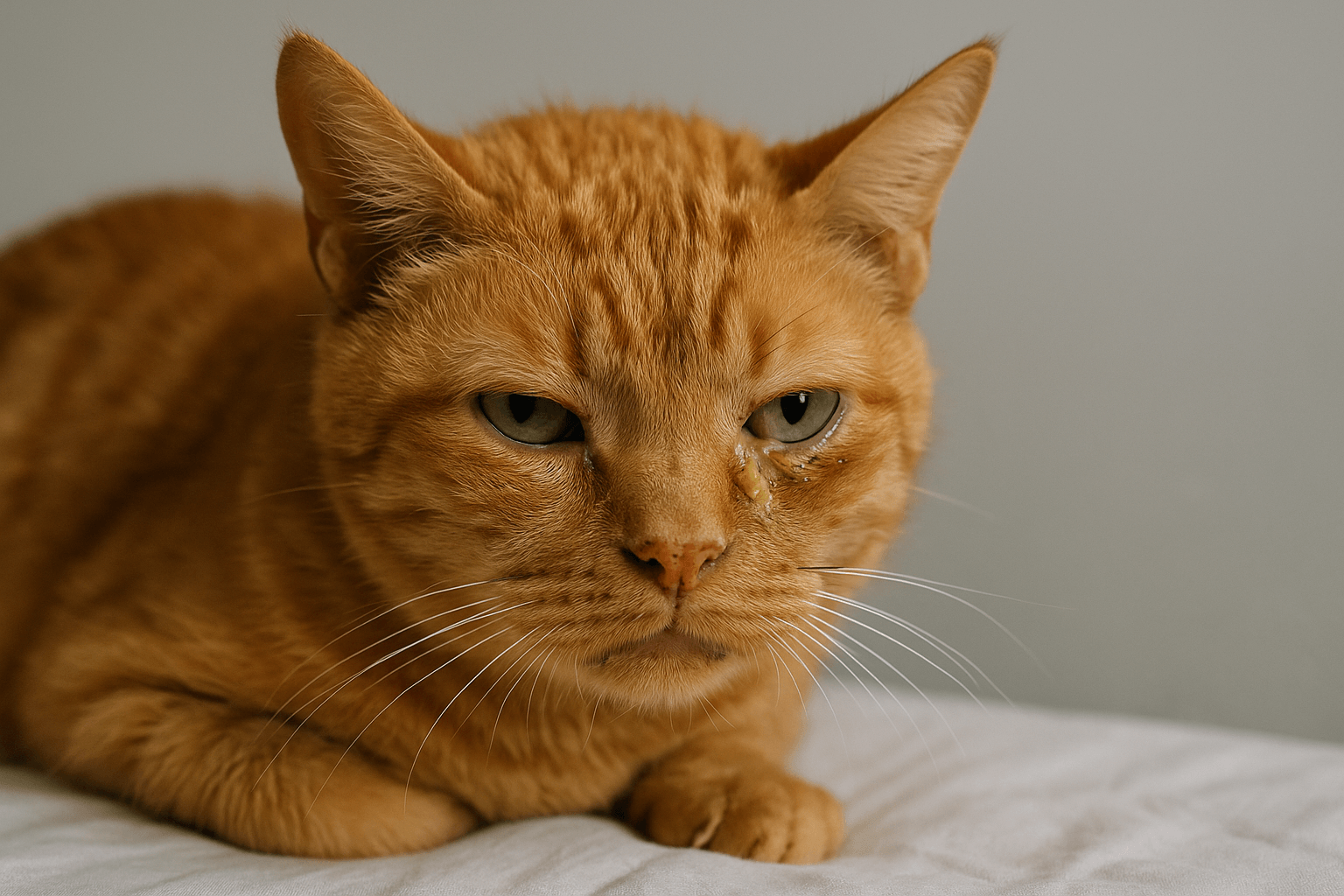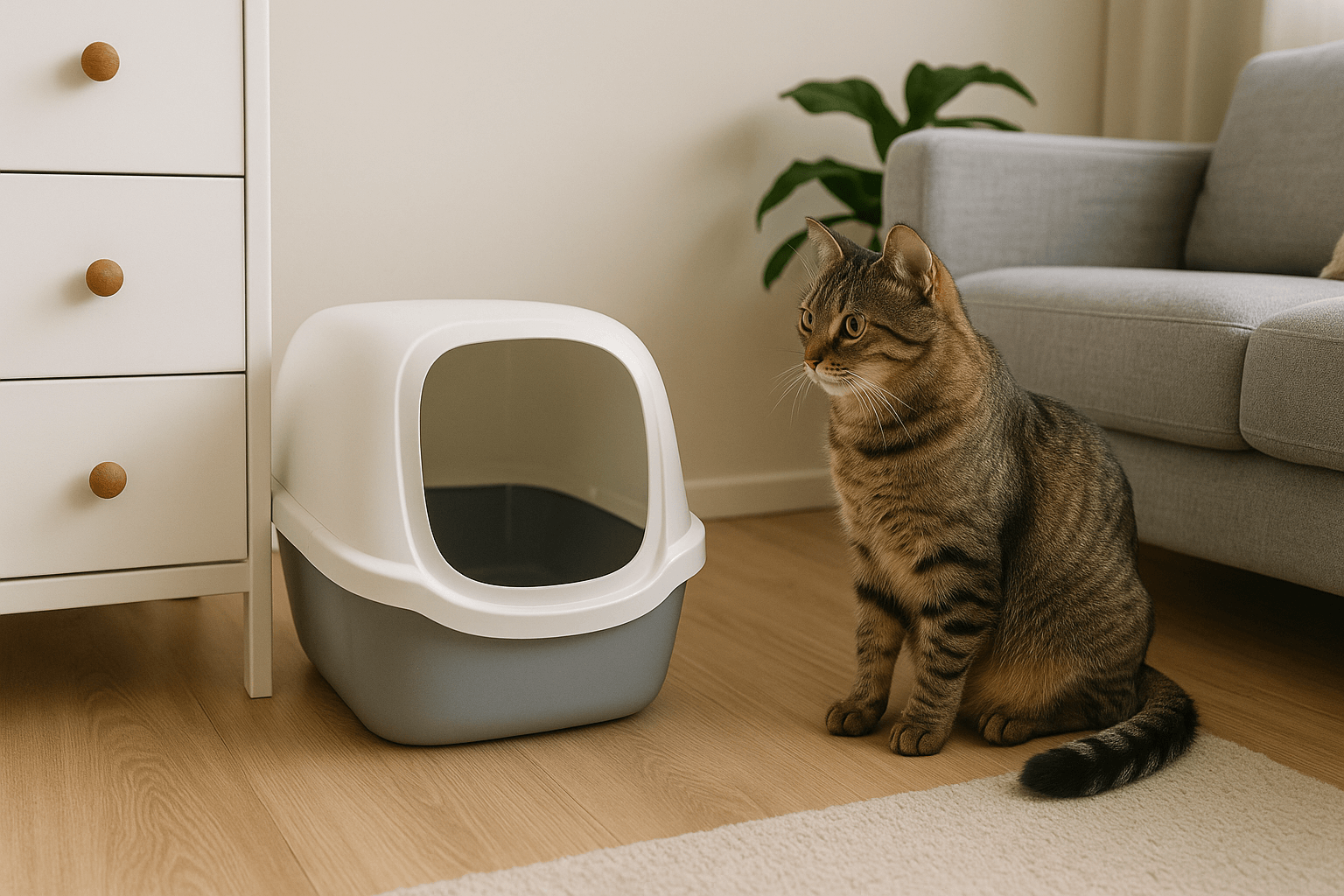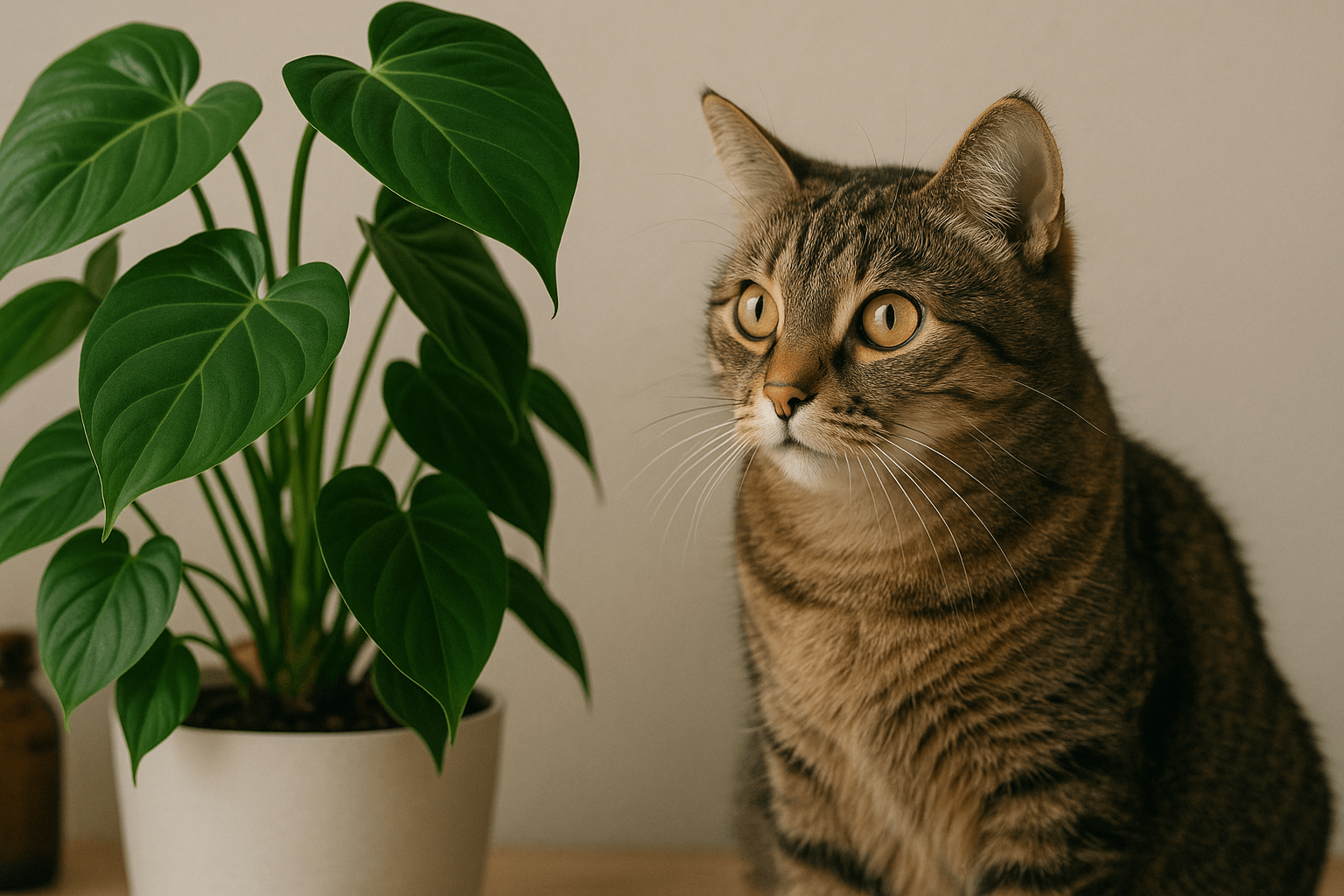Home Remedies for Cat Vomiting White Foam: What You Need to Know
Seeing your cat vomit white foam can be alarming, but it’s not always a sign of a serious issue. Cats are sensitive creatures, and their digestive systems can occasionally act up due to stress, dietary indiscretion, or minor health concerns. However, understanding the potential causes and knowing how to respond can make all the difference in keeping your feline friend comfortable and healthy. In this guide, we’ll explore safe and effective home remedies for cat vomiting white foam, as well as when it’s time to consult a veterinarian. Let’s dive in and help you provide the best care for your furry companion.
Why Is Your Cat Vomiting White Foam?
Before jumping into remedies, it’s important to understand why your cat might be vomiting white foam. Here are some common reasons behind this unsettling symptom:
Hairballs :
Cats often ingest hair while grooming, which can lead to irritation and foamy vomit.Empty Stomach :
Excessive stomach acid buildup due to fasting or irregular feeding can cause vomiting.Dietary Indiscretion :
Eating something unusual, like grass or non-food items, may upset their stomach.Stress or Anxiety :
Changes in routine, new environments, or loud noises can trigger stress-related vomiting.Underlying Health Issues :
Conditions like gastritis, pancreatitis, or kidney disease may also cause foamy vomit.
While these causes vary in severity, persistent or frequent vomiting should never be ignored. Always monitor your cat closely and seek veterinary advice if symptoms worsen.
Safe and Effective Home Remedies to Try
If your cat is vomiting white foam occasionally and seems otherwise healthy, you can try these home remedies to soothe their stomach and prevent recurrence.
Offer Small, Frequent Meals :
Feeding smaller portions more frequently can reduce stomach acid buildup.Provide Fresh Water :
Ensure your cat stays hydrated by offering clean, fresh water at all times.Introduce a Bland Diet :
Temporarily switch to plain boiled chicken or pumpkin puree to ease digestion.Brush Their Fur Regularly :
Grooming your cat reduces hair ingestion and minimizes hairball formation.Create a Stress-Free Environment :
Use calming pheromone diffusers or play soothing music to reduce anxiety.
These simple measures can often resolve mild cases of vomiting. However, if symptoms persist or worsen, professional guidance is essential.
Check this guide 👉Understanding Cat Vomiting Blood: Best 7 Expert Tips!
Check this guide 👉Why Is My Cat Throwing Up Undigested Food? Best 7 Tips!
Check this guide 👉Why Is My Cat Throwing Up Brown Liquid? Best 7 Health Tips!
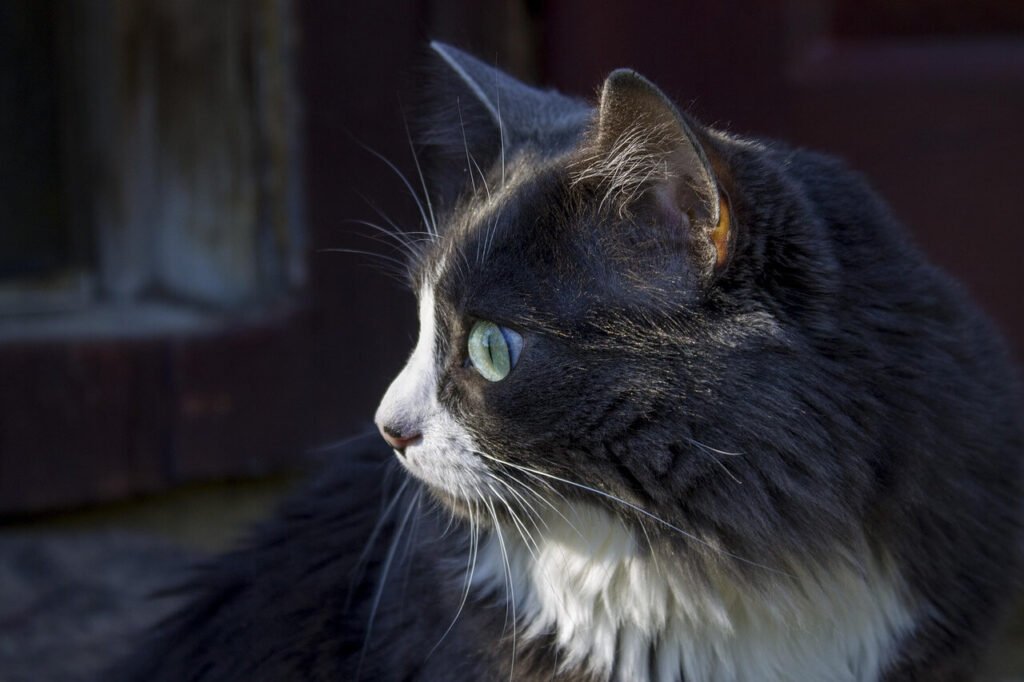
Preventive Measures | When to See a Vet |
|---|---|
Feed high-quality, digestible food | Persistent vomiting over 24 hours |
Keep toxic plants out of reach | Blood in vomit or stool |
Maintain a consistent feeding schedule | Lethargy or loss of appetite |
Provide plenty of fresh water | Abdominal pain or swelling |
Minimize stressful situations | Difficulty breathing or other severe symptoms |
When Vomiting White Foam Signals a Bigger Issue
While occasional vomiting isn’t always a cause for concern, certain accompanying symptoms may indicate a more serious problem. Be on the lookout for these warning signs:
Frequent Episodes :
Vomiting multiple times within a short period could signal an underlying illness.Lack of Energy :
If your cat seems unusually lethargic or weak, it’s a red flag.Changes in Behavior :
Hiding, aggression, or reluctance to interact may point to discomfort.Dehydration :
Dry gums, sunken eyes, or reduced skin elasticity suggest dehydration.Weight Loss :
Unexplained weight loss alongside vomiting requires urgent attention.
If any of these signs accompany your cat’s vomiting, don’t delay seeking veterinary care. Early intervention can prevent complications.
Building a Foundation for Better Digestive Wellness
To minimize the risk of future episodes of vomiting white foam, consider implementing these long-term strategies to support your cat’s overall digestive health.
Switch to High-Quality Food :
Invest in premium cat food that meets your pet’s nutritional needs.Add Probiotics :
Probiotic supplements can promote a healthy gut microbiome.Regular Vet Check-Ups :
Routine exams help catch potential issues before they escalate.Monitor Eating Habits :
Observe how much and how often your cat eats to detect irregularities.Avoid Sudden Diet Changes :
Gradually transition to new foods to avoid upsetting their stomach.
By taking a proactive approach, you can help ensure your cat enjoys a happy, healthy life with fewer digestive issues.
How Your Cat’s Surroundings Can Affect Their Stomach
Sometimes, external factors in your cat’s environment can contribute to episodes of vomiting white foam. Identifying and addressing these triggers can help reduce the frequency of such incidents.
Household Chemicals :
Exposure to cleaning products or air fresheners may irritate their digestive system.Toxic Plants :
Certain houseplants, like lilies or philodendrons, can cause stomach upset if ingested.Sudden Temperature Changes :
Extreme heat or cold can stress your cat and lead to digestive issues.Loud Noises or Chaos :
Fireworks, construction, or loud arguments can trigger anxiety-related vomiting.Dirty Litter Boxes :
An unclean litter box can cause stress, which may manifest as vomiting.
By creating a safe and calm environment, you can minimize these triggers and support your cat’s overall health. Small adjustments can make a big difference in their well-being.
Tailoring Your Cat’s Diet to Prevent Upset Stomachs
For cats prone to vomiting, making thoughtful dietary adjustments can often alleviate symptoms. Here are some ways to fine-tune their nutrition for better digestive health.
Switch to Limited Ingredient Diets :
These diets reduce the risk of food sensitivities by using fewer ingredients.Incorporate Fiber-Rich Foods :
Ingredients like pumpkin or sweet potato can aid digestion and regulate bowel movements.Avoid Dairy Products :
Many cats are lactose intolerant, so dairy can upset their stomach.Introduce Wet Food :
Adding moisture-rich wet food can prevent dehydration and ease digestion.Eliminate Table Scraps :
Human food often contains spices or fats that are hard on a cat’s stomach.
With careful dietary planning, you can help your cat maintain a happy tummy. Always introduce new foods gradually to avoid further irritation.
How to Know If Your Efforts Are Working
When treating your cat’s vomiting at home, it’s important to monitor their progress closely. Look for these positive signs to determine if your remedies are effective.
Reduced Frequency of Vomiting :
Fewer episodes indicate that their stomach is settling.Increased Appetite :
A return to normal eating habits suggests they’re feeling better.Improved Energy Levels :
More playfulness and activity show recovery is underway.Normal Bowel Movements :
Consistent stool patterns reflect a healthier digestive system.Shiny Coat and Clear Eyes :
A glossy coat and bright eyes are indicators of overall wellness.
These signs of improvement confirm that your efforts are paying off. However, if no progress is seen within a few days, consult your veterinarian for further guidance.
Frequently Asked Questions About Cat Vomiting White Foam
Why is my cat throwing up white foam after eating?
This could be due to eating too quickly or having an empty stomach beforehand.
Can hairballs cause vomiting with white foam?
Yes, hairballs can irritate the stomach lining, leading to foamy vomit.
How can I tell if my cat’s vomiting is serious?
Look for additional symptoms like lethargy, blood, or dehydration.
Should I withhold food if my cat vomits white foam?
No, instead offer small amounts of bland food after a short break.
Are there natural remedies for cat vomiting?
Yes, options like pumpkin puree or ginger-infused treats may help settle their stomach.
Final Thoughts: Supporting Your Cat’s Health
Vomiting white foam can be unsettling, but with the right knowledge and tools, you can address the issue effectively. Whether it’s through simple home remedies, preventive measures, or timely veterinary care, your actions play a crucial role in safeguarding your cat’s well-being. Remember, every cat is unique, so pay close attention to their behavior and habits. By staying informed and proactive, you’ll ensure your feline companion remains happy, healthy, and thriving for years to come.
Tabby Cat vs Tortoiseshell: Best 7 Expert Tips! Discover the differences in patterns, personalities, and care needs between tabby and tortoiseshell cats to find your perfect feline companion.
Understanding Trichomoniasis in Cats: Best 7 Expert Tips! Discover symptoms, treatment, and prevention strategies for this common feline parasite to keep your cat healthy and happy.
Where to Place a Cat Litter Box? Best 7 Expert Tips! Discover ideal spots, avoid common mistakes, and learn how to keep your cat happy with perfect litter box placement.
Are Philodendrons Toxic to Cats? Best 7 Expert Tips! Discover if philodendrons are safe for cats, symptoms of poisoning, and expert advice to keep your feline friend healthy around houseplants.

